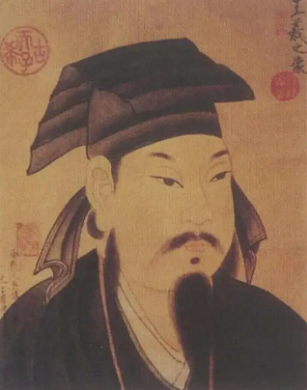-
 2022-03-13
2022-03-13紹興の物語(一):局弄の由来
局弄の由来局弄は、紹興古城の小江橋の北に位置する路地である。紹興紡績練染業の歴史は古く、春秋戦国時代、越国の都は葛布、麻布の生産センターとなった。明代はここに紹興府織染局を設立し、紹興紡績練染業を管理していたが、後の人は同局のあるこの道を「局弄」と呼んでいた。宋嘉泰の『会稽志』によると、隋時代の越州の一糸の女性が糸を織る技術が非常に優れていて、織った糸の面はつややかで繊細だが、糸の女性はどうも柄が美しくなくて、色も鮮やかではありません。ある日の夜、ある神の人が彼女に告げる夢を見た。「禹穴三千年に開くと、そこの野蛾の繭は、南朝の文章の元凶である江冠書のコツコツとした壁魚のために化けた。この繭で絹を織って着物にすれば、きっと文彩があるだろう」。翌朝、糸女は歩いて若耶渓に行きました。そこにはやはりたくさんのカイコの繭を見ました。これらの繭で服を織った後、やはり花の形が美しく、綾の紋が出ていて、人を輝かせていました。そのため、人々は、「この物は天にあるにすぎないのに、人間がこの衣に服することができようか」と言った。これは隋・唐時代の越州の製織技術が非常に先進的で、全国をリードしていたことを物語
-
 2020-05-25
2020-05-25The Story of Goujian, King of the State of Yue
GouJian(520B.C.—465B.C.),wastheemperoroftheStateofYueinthelateSpringandAutumnPeriod.IntheyearB.C.496,emperorGouJiantookoverthethrone,anddefeatedthearmyoftheStateofWu.Twoyearslater,GouJianwasdefeatedbyWuandsurrendered.GouJianandhiswifebecamethecaptivesandwerereleasedtoreturnhomethreeyearslater.InfrontofShaoxingJishanMiddleSchool,thereisarivernearlytenstepswide.Itisfamousinhistory.2500yearsago,thedaybeforethebattleagainstWu,thelocalpeopleofferedthewinetoGouJian.Hepouredthewineintotheriverandaskedt
-
 2020-05-21
2020-05-21The Story of Wang Xizhi, the Sage of Calligraphy
TheStoryofWangXizhi,theSageofCalligraphyWangXizhi(321-379),borninLangya(Linyi,Shandongtoday),movedtoKuaijiShanyin(Shaoxing,Zhejiangtoday),wasafamouscalligrapherintheEasternJinDynastyandreveredas“theSageofCalligraphy”bypeople.ItissaidthathisbestcalligraphyworkisthePrefacetoOrchidPavilionCollection.StatueofWangXizhiTombofWangXizhiinShengzhouWangXizhiandOrchidPavilionOnMarch3rd,353A.D,theninthyearofYonghe,WangXizhiinvited41menofletterstoholdaculturalactivityforblessinginOrchidPavilioninShaoxing.Itw
-
 2020-05-21
2020-05-21Culture and Tourism Theme-Related Twelve Hours Oil Paintings
Attheendof2019,ShaoxingcultureandTourismthemerelatedoilpaintingsTwelveHoursseriesmadeadazzlingappearanceinShaoxing.Theorganizersalsomadetheculturalandcreativeproducts-theoilpainting-likepostcardsandhandedthemoutamongthevisitorsasagift.Peopleloveditsomuchandspokehighlyofit.TwelveHoursOilPaintingPostcardsExhibitionTwelveHoursOilPaintingPostcardReleased“Hour”isatimingunitinancientChina.OnehourinancientChinaisequaltotwohoursnow.The“TwelveHours”arenamedafterthe“TwelveEarthlyBranches”,theyarerespectiv

- 0575-89180831
- 浙公网安备 33060202000378号 浙ICP备05014601号-1
- Copyright © 2020-2050 Shangwang Yanli Rural Recreation Area



